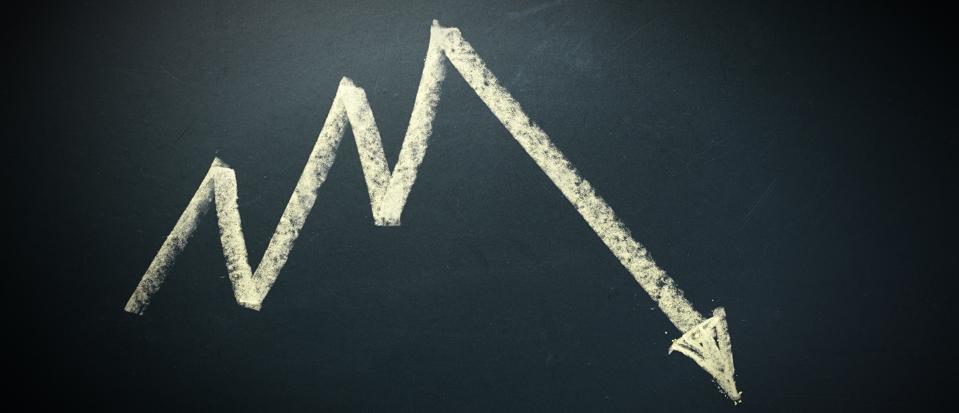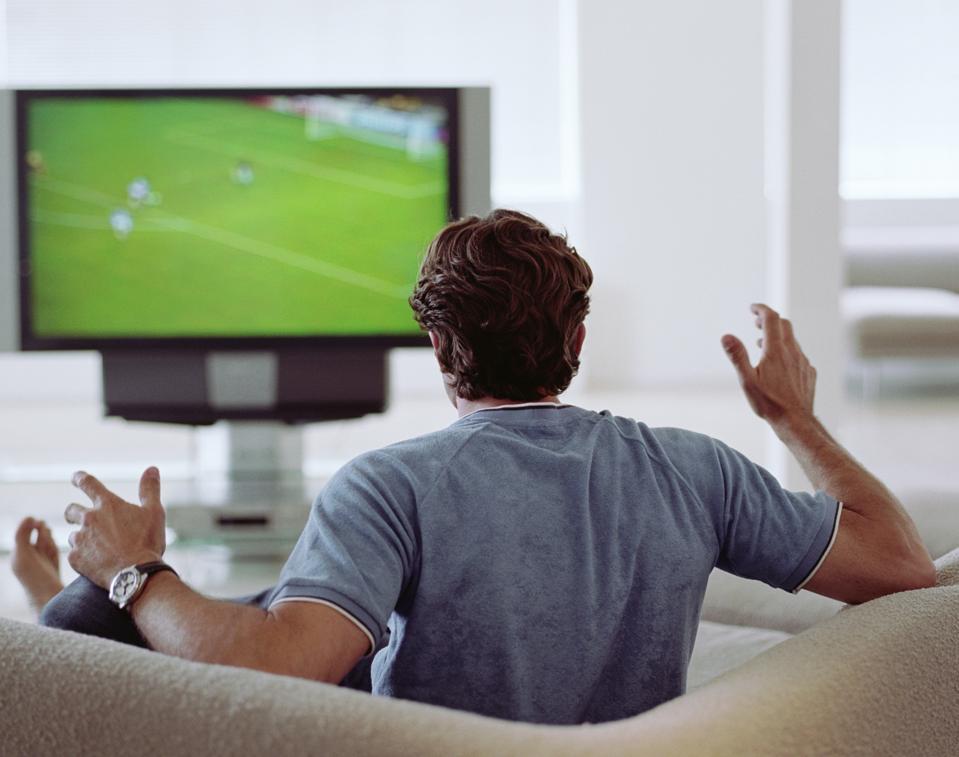
The advertising industry predicts a downward movement for advertising expenditures in the months … [+]
GETTY
Advertising expenditures are being canceled, delayed, and in some limited cases increased, all in reaction to COVID-19 and the stay-at-home orders issued across most of the nation. But not all industries and companies are feeling the same effects. Companies in some industries are even glimmering bright lights for the advertising industry. But many companies are simply turning off the light, at least for now, in terms of advertising expenditures. Some advertising executives are guardedly optimistic about the near and medium term for advertising expenditures though. Statista, a business data company, predicts that approximately $26 billion in advertising in the U.S. will be lost due to the pandemic.
The Interactive Advertising Bureau (IAB), a trade group of media and marketing industries in the digital economy, conducted a study of 205 people from publishers, media platforms and advertising companies regarding how U.S. advertising revenue is being impacted by the pandemic. They reported on April 15 that both buyers and sellers of advertising expect advertising revenues to be down considerably for the period March through June of this year.
IAB expects digital advertising will fare better than traditional linear TV, print, and other traditional, non-digital advertising channels. IAB projects that digital ad revenue will be down 19%-25% vs. they expect linear TV (traditional TV channels) and print ad revenues to be down 27% and 32%, respectively. EMarketer said, “TV ad spending will likely be negatively impacted by the pandemic.” Magazines will be hurt considerably, not just in regard to advertising, but they are losing almost all of their newsstand sales, including airports, for now.
Advertiser Perceptions, a research company focused on the advertising and marketing industries, also did a study with advertisers to assess the effect of COVID-19 on the advertising ecosystem. In their report 64% of advertisers say they have held back a campaign until later in the year. In terms of outright cancellations, Advertiser Perceptions, said 44% of advertisers have cancelled a campaign completely.
Rob Norman, a long-time advertising executive and advisor/director to many companies, says that basic supply and demand are at work here. “Everything other than print have massive over-supply vs. demand,” which he indicated have contributed to “falling CPMs for TV and falling CPCs for performance-based digital” companies.
Nielsen indicated recently that U.S. video viewing could increase by 60% due to the stay at home orders. For the ad-supported TV companies this increase in viewership means more advertising impressions to deliver to their customers. However, the increased consumer time spent watching Netflix and other paid VOD services that do not show ads takes consumers away from the advertising-supported environment of traditional TV. One of the biggest negative impacts on the advertising industry is suspension of live sports, which is a big hit for both traditional and digital sports media.

The suspension of sports is a serious problem for the TV industry.
GETTY
LightShed Partners issued a report that indicates “less price-sensitive ad spenders are fleeing TV, with far more price sensitive brands/direct-response brands entering to take advantage of lower CPMs.” Some categories of companies are likely to reduce considerably their advertising expenditures because of the the economic fallout from the pandemic. IAB’s study says travel and tourism, brick and mortar retail, restaurants and autos will be hardest hit.
Every nook and cranny of the U.S. and worldwide economies are being negatively affected by the stay at home order due to the COVID-19 pandemic. Rob Norman repeated the well-know aphorism dating from the 16th century, “It’s an ill wind that blows no one any good.”
IAB indicates that their study suggests “a more optimistic view among some for the second half of 2020” in terms of advertising expenditures.
Dan Aks, president of Undertone, a digital advertising technology and network company, commented on the future: “We see digital advertising picking up this May and onwards. We see some industries ramping up their planned ad spend in the months ahead, particularly financial services and consumer product brands.” (Disclosure: I serve on the board of Undertone’s parent company, Perion.)
Advertiser Perceptions’ study with ad buyers indicate that the top three occurrences that will cause them to resume their normal advertising expenditures are: relaxing of social distancing, slowing growth of new cases of coronavirus, or no new cases of coronavirus.
Many executives over the years have spoken about how to respond in crises affecting their companies. Nobody said it better than Andrew Grove, the former CEO of Intel: “Bad companies are destroyed by crisis; good companies survive them; Great companies are improved by them.”
We will see how the advertising chips fall over the months and quarters ahead. Most interestingly, will be to see if any traditional behaviors of ad buyers shift in the post-COVID era.